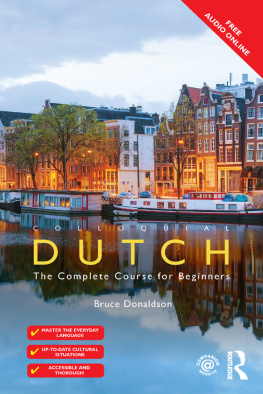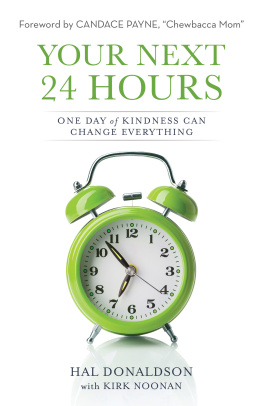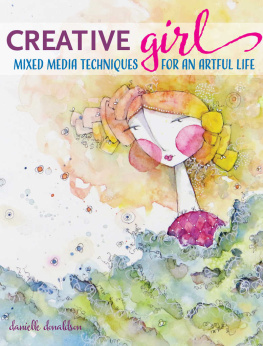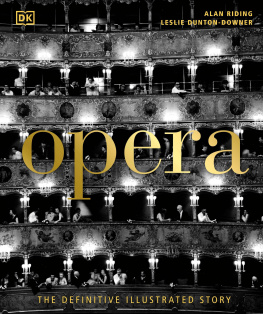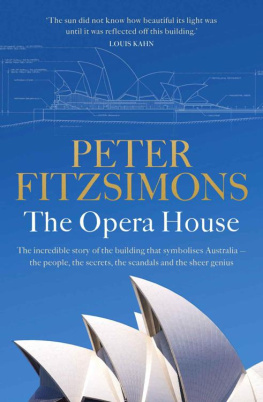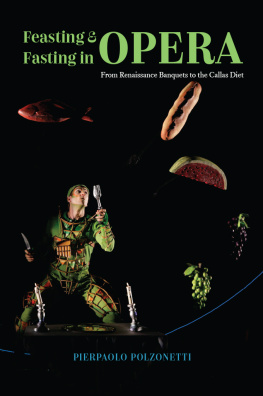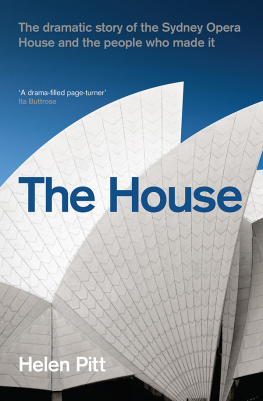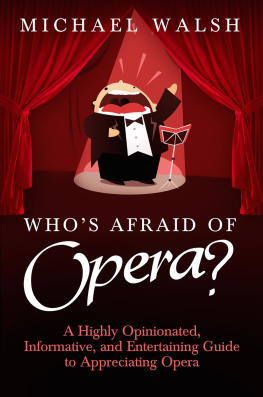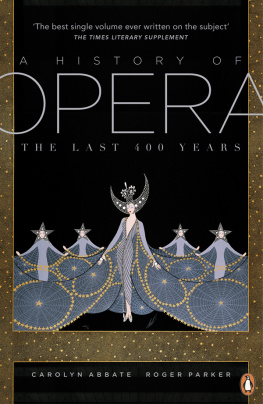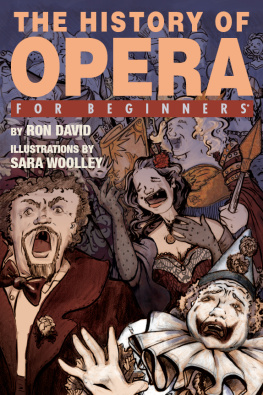TheRoyal Opera House in the Twentieth Century
FRANCES DONALDSON

This electronic edition published in 2011 by Bloomsbury Reader
Bloomsbury Reader is a division of Bloomsbury Publishing Plc, 50 Bedford Square, London
WC1B 3DP
Copyright Frances Donaldson 1988
The moral right of author has been asserted
All rights reserved
You may not copy, distribute, transmit, reproduce or otherwise make available this publication
(or any part of it) in any form, or by any means (including without limitation electronic, digital,
optical, mechanical, photocopying, printing, recording or otherwise), without the prior written
permission of the publisher. Any person who does any unauthorised act in relation to this
publication may be liable to criminal prosecution and civil claims for damages
ISBN: 9781448205837
eISBN: 9781448205523
Visit www.bloomsburyreader.com to find out more about our authors and their books
You will find extracts, author interviews, author events and you can sign up for
newsletters to be the first to hear about our latest releases and special offers
Contents
1 1888-1910
Augustus Harris; the Grand Opera Syndicate
2 1910-1926
Thomas Beecham
3 1926-1939
Sadlers Wells and Glyndebourne
4 1939-1946
The Arts Council
5 BALLET 1946-1949
They are Dancing Well at Covent Garden
6 OPERA 1946-1947
David Webster; the first season of the Covent Garden Company
7 1947-1950
The Age of the Producer
8 1950-1954
Financial Crsis
9 1954-1958
Rafael Kubelik
10 ADMINISTRATION 1958-1962
LordDrogheda
11 MUSICAL DIRECTION 1958-1971
Georg Solti; an International Opera House
12 BALLET 1960-1970
Frederick Ashton
13 ADMINISTRATION 1963-1970
A Minister for the Arts
14 1971-1976
A New Regime - Colin Davis and Kenneth MacMillan
15 1976-1979
Extension to the Opera House: Phase I
16 BALLET 1979-1984
What Shall We Do Without a Genius?
17 ADMINISTRATION 1979-1984
The Priestley Repon
18 1984-1986
A Wider Public
Sir Claus Moser asked me to write this book and Sir John Tooley made it possible, so I cannot pretend to impartiality. I have made every effort to give the facts accurately and, where there have been differences of opinion, to present both sides of the case.
I have most particularly to thank Mr Kensington Davison, the Organizing Secretary of the Friends of Covent Garden and Editor of the magazine About the House, and Miss Francesca Franchi, the Archivist of The Royal Opera House, for the immense trouble they have taken in helping me with this book. Many of the staff at Covent Garden have talked to me about the work of their departments and I have particularly to thank the ballet and opera press offices. Mr Pat Spooner and Mr Robin Dartington were kind enough to see me and explain the plans and problems of the second phase of the new building development. I must also thank the librarians of the Arts Council and the House of Lords.
Among those who have been willing to see me and discuss the book, I am particularly grateful to Dame Ninette de Valois, Dame Merle Park, Sir Frederick Ashton, Mr Michael Somes and Mr John Denison.
My debt to the late Harold Rosenthal will be obvious to every reader. No history of the kind could be written without benefit of his two books.
By two ordinances of the Long Parliament in 1647 all stage plays were forbidden and all players treated as rogues according to the law. Then at the Restoration, Charles 11 granted a patent to build a theatre to both Thomas Killigrew and Sir William Davenant thus conferring on them a monopoly of the London stage. Killigrew built a theatre in a riding-yard at Drury Lane, almost on the exact site of the present theatre, but Davenants patent was used at Lincolns Inn Fields and various other places, until in 1731 John Rich, whose father had bought the patent from Davenants heirs, built a theatre on the site of an old convent garden belonging to the Duke of Bedford. This theatre opened in 1732 with a performance of Congreves The Way of the World and for more than a hundred years was used chiefly for drama, John Kemble (and after him his brother Charles) owning a part of the lease for many years and acting as general manager and stage director. All the famous actors of the period the Kembles themselves, Garrick, Macready and Kean - appeared there at one time or another, as did Peg Woffington, Mrs Siddons and Fanny Kemble.
The Theatre Royal at Covent Garden was twice burned down and rebuilt in 1808 and again in 1856. The architect of the first theatre was Edward Shepherd and that of the second Robert Smirke. All that is left of either today are the statues and friezes which were salvaged from the second one and which still adorn the front of the Royal Opera House.
Italian opera was first given at a theatre for which Queen Anne granted a third patent. Built by Sir John Vanbrugh, it was called the Queens (later the Kings) Theatre and was on the site of the present His Majestys in the Haymarket. This theatre was vast and the qualities necessary for drama had been sacrificed to architecture. For what, Colley Cibber wrote, could their vast columns, their gilded cornices, their immoderate high roofs avail, It failed therefore for the purpose for which it was built. Vanbrugh and Congreve, his partner, retired and, under a new lessee, the theatre was given over completely to Italian opera.
There are many parallels between the operatic scene at the beginning of the eighteenth century and that of today. In the first place the great popularity of opera in London in the early eighteenth century was almost entirely due to imported Italian singers, many of whom were castran. Because of their success all libretti were written in Italian or translated into it. The universal use of this language created a demand for Italian singers comparable to that for todays international singers. From the first, therefore, performances were based on the star system.
The question of language was always a source of strong and differing opinions. At first the Italian stars sang in their own language, the English, in minor roles, sang in theirs. So the lover pleaded to his mistress in a tongue unknown to her, and the lady replied with equal fervour in rhythmical cadences of which he understood not a syllable.
When Handel arrived in London in 1728, he became musical director at the Queens Theatre, and Italian opera was composed by a German. In 1732, owing to the feuds between rival factions of society and the internal quarrels of the Royal Family, he was forced to withdraw from this theatre by now called the Kings where the nobility, under the direction of the Prince of Wales, set up a new management. In these circumstances, Handel moved to Covent Garden where he gave three seasons of opera, composing for first performance there Alcina, Atlanta, Arminio, Giustino and Berenice. He lost his complete fortune, estimated at 10,000, on these seasons. There is some satisfaction in the fact that at the same time his rivals at the Kings Theatre achieved a loss of 12,000. A benefit concert freed him from his debts and, although he wrote no more operas, he now began the series of oratorios for which he is more famous. During the next twenty years



